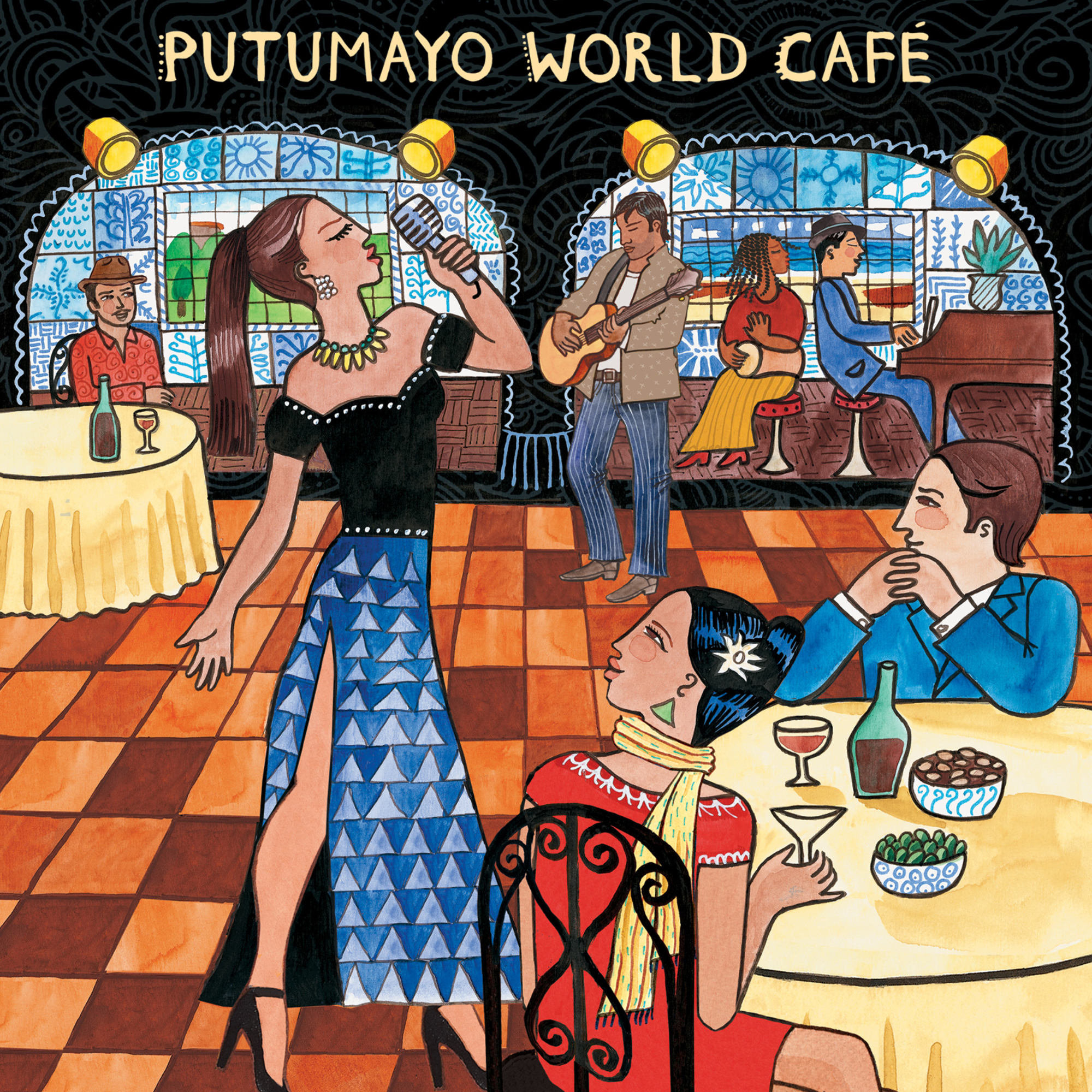- Magazine Dirt
- Posts
- Louder in Japan
Louder in Japan
Kissa and tell.

Rob Arcand in conversation with Nick Dwyer about his documentary, A Century in Sound.
In the years before publishing his first novel, 1979’s Hear the Wind Sing, Haruki Murakami ran a jazz bar. The Japanese writer met his wife, Yoko, in the early 1970s, and as students at Waseda University in Tokyo, the pair opened Peter Cat, a small establishment that served coffee by day, as well as food and drinks each night.
Named for their pet cat Peter, the café hosted live jazz performances and played music from the vast collection of around ten thousand vinyl records for which Murakami is partly known today. Only slightly lesser known than Murakami’s record collection (which continues to circulate widely in the form of multiple popular playlists), Peter Cat has developed a sprawling mythology of its own in recent years. In 2014, Harper’s sent the essayist Aaron Gilbreath to Tokyo in search of the café’s original location, and the bar has been the subject of various blog posts, Reddit threads, TikTok explainers, and even brick-and-mortar imitators as Japanese consumer culture has continued to saturate the West.
Bars like Murakami’s, which treat the act of listening to music in a social setting as a near-spiritual experience in itself, have a rich history in Japan, where they’ve been part of the cultural landscape for more than a hundred years. Yet only recently have these clubs—known throughout the nation as “ongaku kissas,” or “music cafés”—also become popular in North America and Europe.
These “listening bars,” as they’ve been dubbed in the West, claim to offer a listening experience like no other, providing a space for hi-fi enthusiasts to enjoy records together on really excellent high-end gear. Spots like Shibuya Hi-Fi in New York, Jazu in London, and Bar Neiro in Berlin have become prominent destinations for this new kind of audiophile experience, pairing gourmet food and expensive whiskeys with a hushed atmosphere that allows patrons to get lost in the music.
Is Japan’s “kissa” culture fated to become a fleeting trend in the West, where an emphasis on luxury threatens to smother the form’s homespun roots?
While some North American establishments are committed to recreating the Japanese experience as seamlessly as possible, others play fast and loose with their interpretations, opening spaces that bear little resemblance to their spiritual ancestors. For these new establishments, concerns about the public’s changing relationship to music—from streaming platforms and their consequences to the consolidation and monopolization of live performance—have replaced questions of mere access to the hi-fi systems and the Western classical, jazz, and rock records whose scarcity kickstarted the “ongaku kissa” form in Japan. But what responsibility do these new establishments have to honor their Japanese history? Is Japan’s “kissa” culture fated to become a fleeting trend in the West, where an emphasis on luxury threatens to smother the form’s homespun roots?
Nick Dwyer is a New Zealand-born, Tokyo-based filmmaker. His latest documentary, A Century in Sound tells the story of Japan’s “kissa” culture across its hundred-year history, from the end of the Meiji era to the surging interest that surrounds the culture today. Co-directed with longtime collaborator Tu Neill, the film is told in six parts, taking viewers to a handful of cafés in Tokyo to meet their owners and patrons, and to tell a larger story about Japan’s musical history.
As Dwyer describes it, the film is a kind of Jiro Dreams of Sushi for audiophiles, celebrating the rich culture that has surrounded these establishments for generations, all while encouraging devotees to consider what separates the tradition from its trendy counterparts in the West. In October, Nick and I spoke about the history of “kissa” culture, his life as an expat documentarian in Tokyo, and what the current trendiness of listening bars means for the longstanding Japanese tradition. —Rob Arcand

Rob Arcand: When did you first encounter “ongaku kissa” culture? Is it fair to say that the filmmaking began in 2014?
Nick Dwyer: In the end of 2014, I stepped into [Tokyo kissas] Meikyoku Kissa Lion and Nightingale and started diving deep into the culture. I didn’t have a visa and couldn’t work illegally, so I would ride my bike around Tokyo and go into every single place. I’d sit in libraries and just research. I knew very quickly that in order to tell this story properly, it had to be a proper series—as best as you can possibly do within the medium of film. That means licensing all of the music, which wasn’t something you could do on a $100,000 budget.
With Cafe Lion, I lived five minutes away. I would visit there every day and built a relationship with the owners. It was two years before I finally asked them if I could make a film.

FURTHER READING
|

